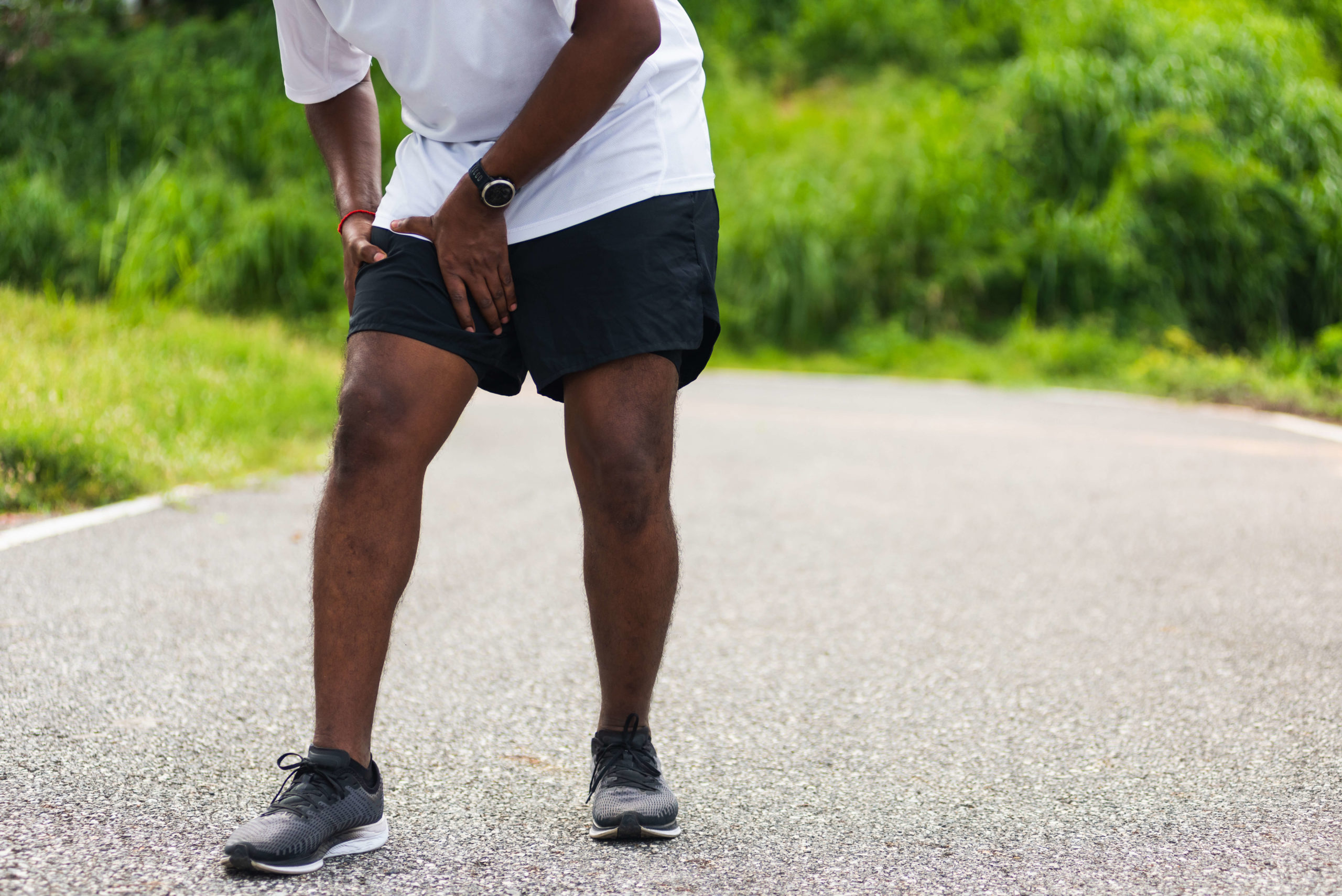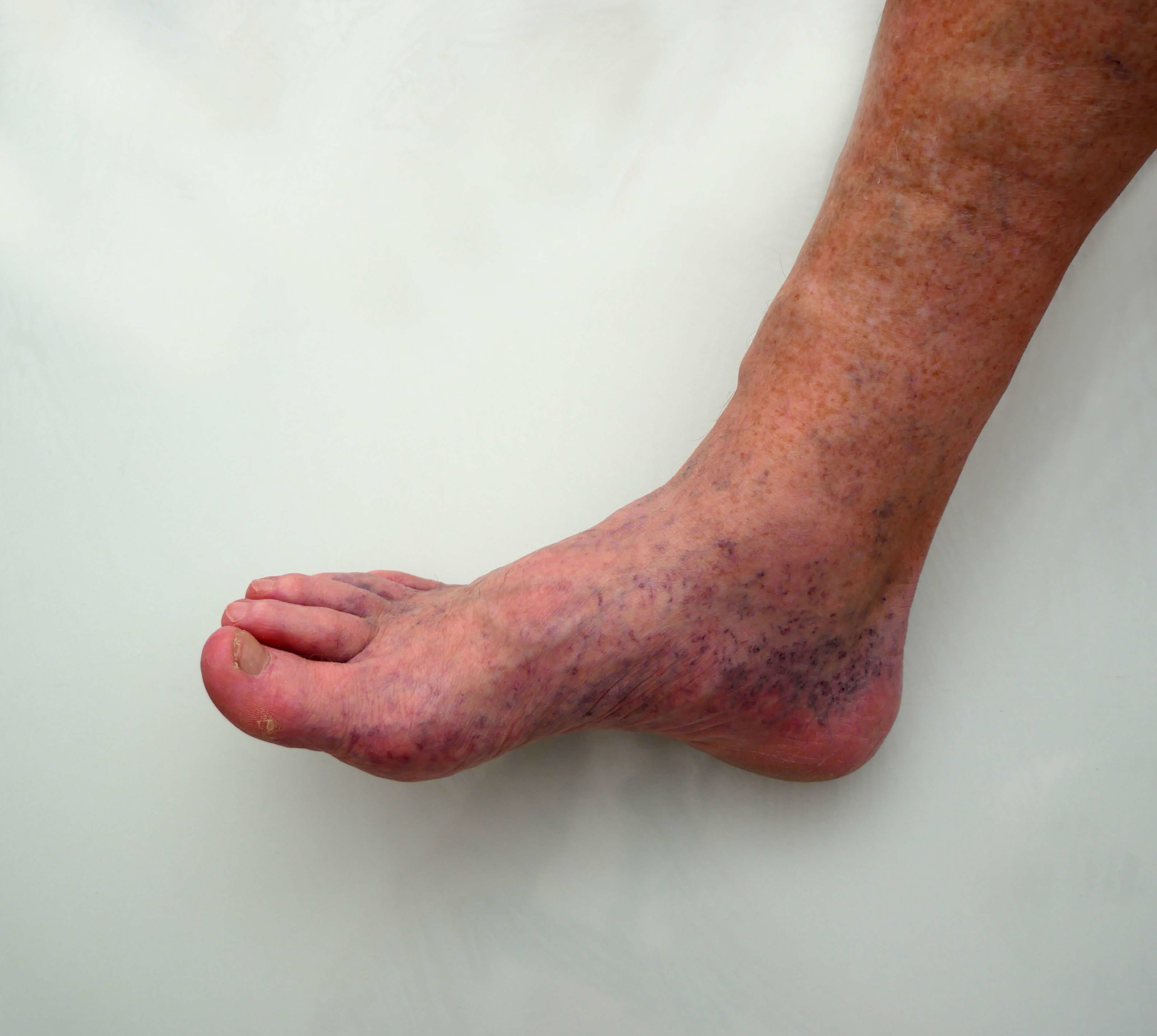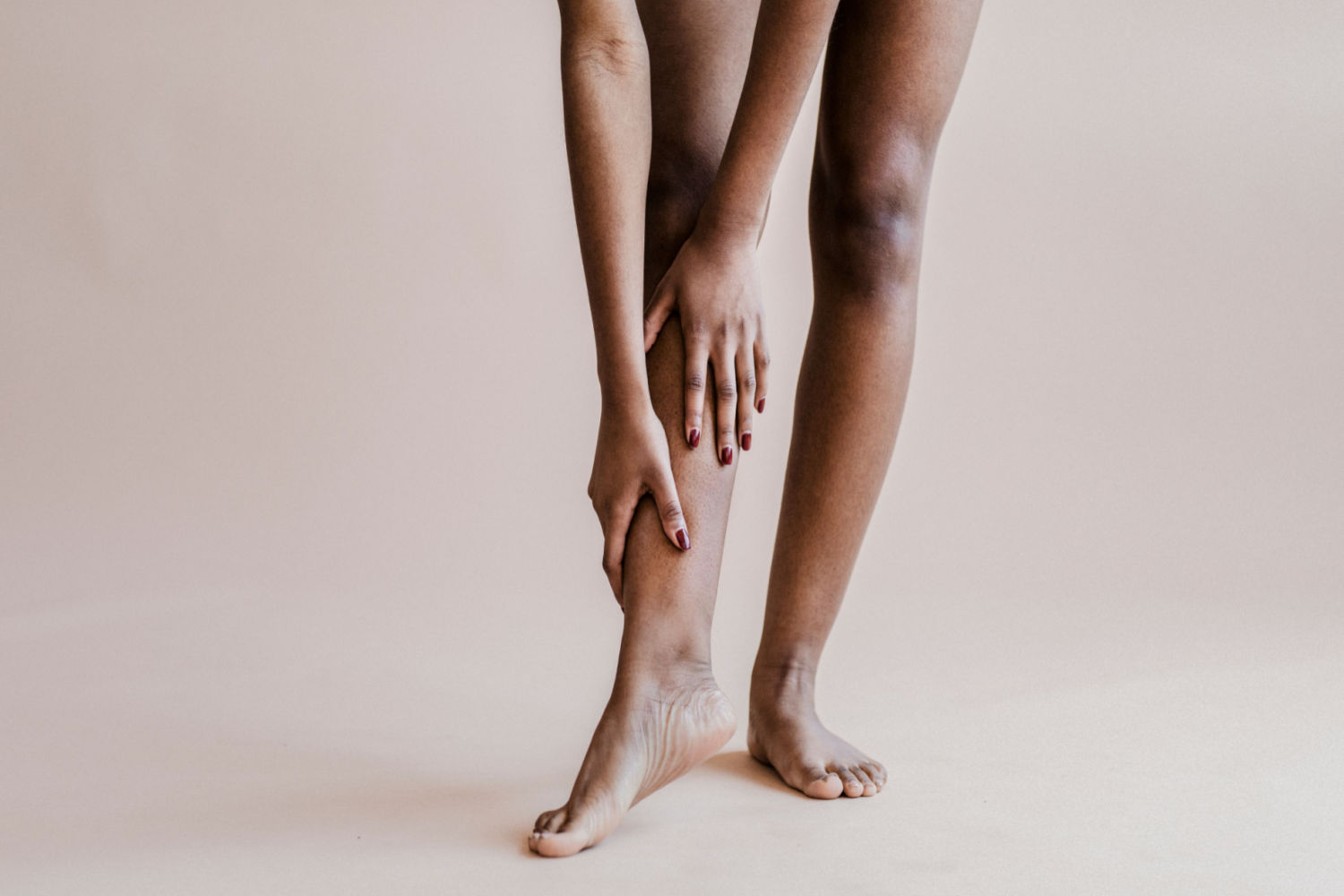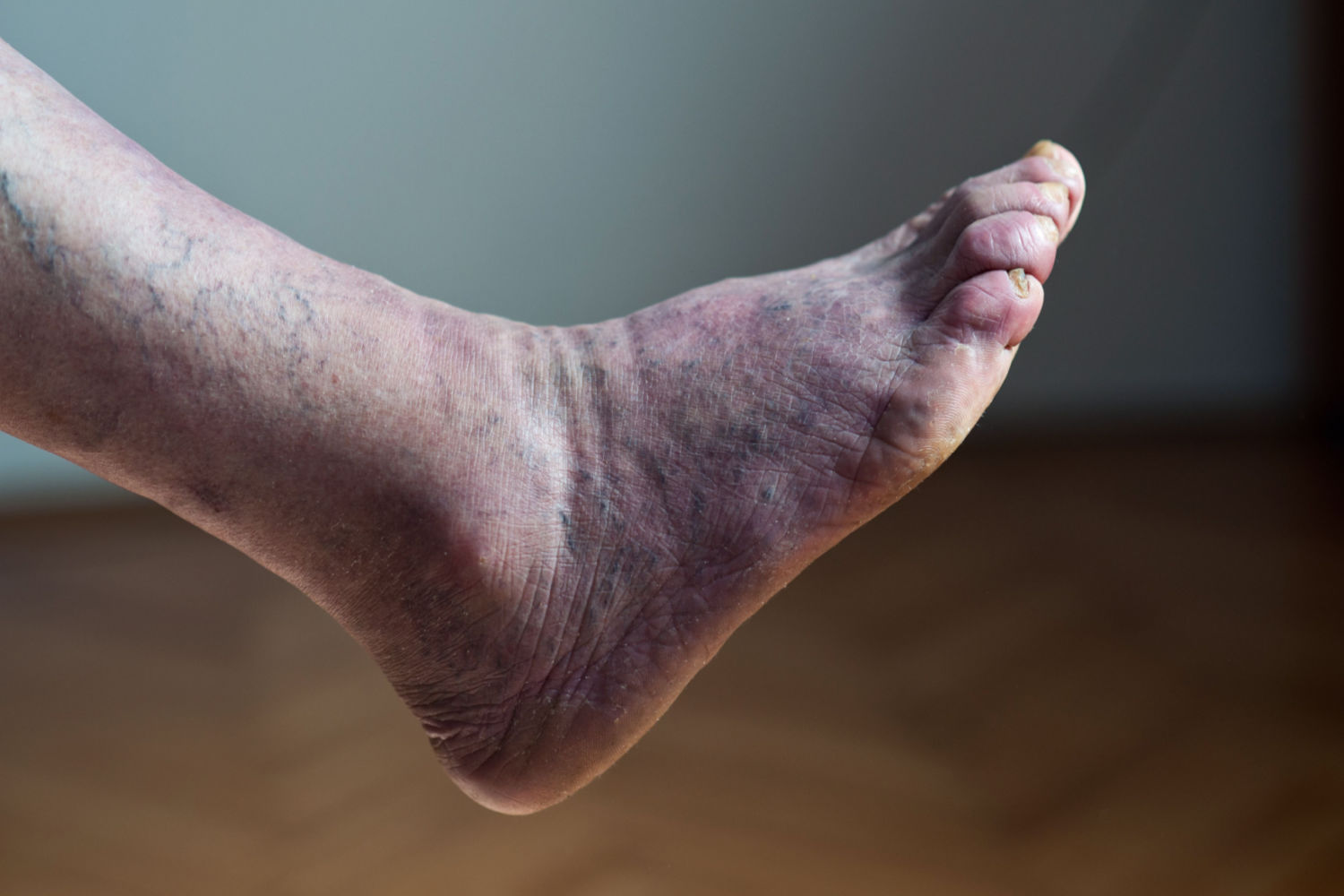
Achy, Painful, Tired, & Restless Legs
Veins take blood back to the heart. Normal leg veins are built to be one way. Veins have one way ‘check’ valves that open to allow blood to flow up towards the heart, but the valves close when gravity pulls blood back into the veins as you sit or stand.
Most vein problems develop when the ‘check’ valves in a vein malfunction – become ‘leaky’ – and allows gravity to pull blood back into the leg veins – this is venous insufficiency. Venous insufficiency is a common medical problem affecting over 20% of adults.
Venous insufficiency can cause many leg symptoms. These symptoms include painful, achy, tired, heaviness, throbbing and restless legs. Leg swelling and cramps or ‘charley horses’, unsightly and painful varicose veins.
Less common, but more serious symptoms include: lower leg discoloration, itching, eczema, dermatitis and sores or ulcers.

Leg Discoloration & Ulcers
Venous insufficiency is an underlying condition that causes many leg symptoms that are difficult to treat without the proper diagnosis. Without proper blood flow to and from your legs, you can experience leg pain, discoloration and venous stasis ulcers. However, these symptoms do not occur in every patient with venous insufficiency.
Leg discoloration develops after years of increased vein pressure in the lower legs and ankle with more blood pooling in the veins. The increase in pooling and pressure leads to blood leaking into surrounding tissue getting trapped in skin.
The build-up of old tapped blood causes inflammation in the skin and surrounding tissue resulting in discoloration and itching. In the worst cases the skin breaks down and an ulcer develops – a venous stasis ulcer. These ulcers can be very painful despite their size and take a long time to heal. Leg ulcers can be treated with compression bandages and garments which reduces swelling and promotes healing. However, the best treatment is to identify and treat any underlying vein problem.

Deep Vein Thrombosis
DVT develops when a blood clot forms in the veins and causes circulation problems. Typically, DVT is asymptomatic and harmless, but as it progresses it can cause symptoms like discomfort, swelling, pain in the legs, cramping, and skin discoloration. However, while most of these symptoms are mild, DVT can become dangerous if the clot breaks off and travels to the lungs–causing a condition known as pulmonary embolism.
Additionally, DVT can be related to problems with spider veins and varicose veins.

Poor Circulation
Poor circulation is an overall symptom of vein disease, but it can also be connected to other vascular issues. Symptoms of poor circulation can present as varicose veins, spider veins, feeling too hot or too cold, and swelling. The vein specialists at VeinSolutions™ can help you find relief for your circulation problems in both Flint and Lapeer, MI.
